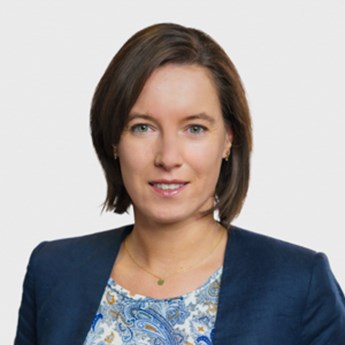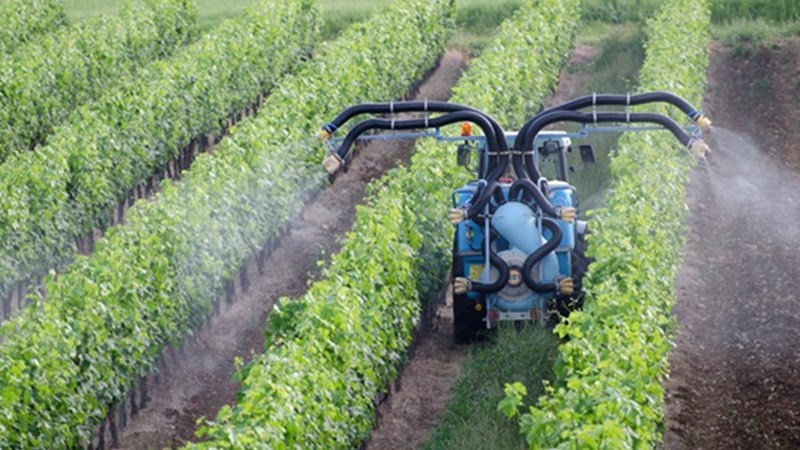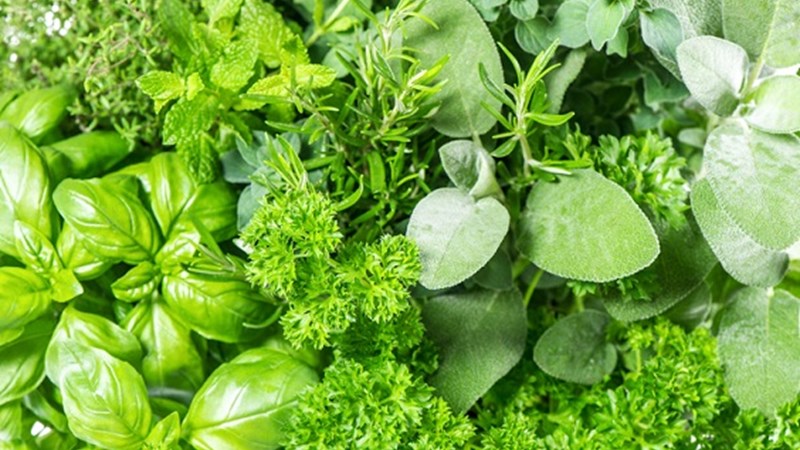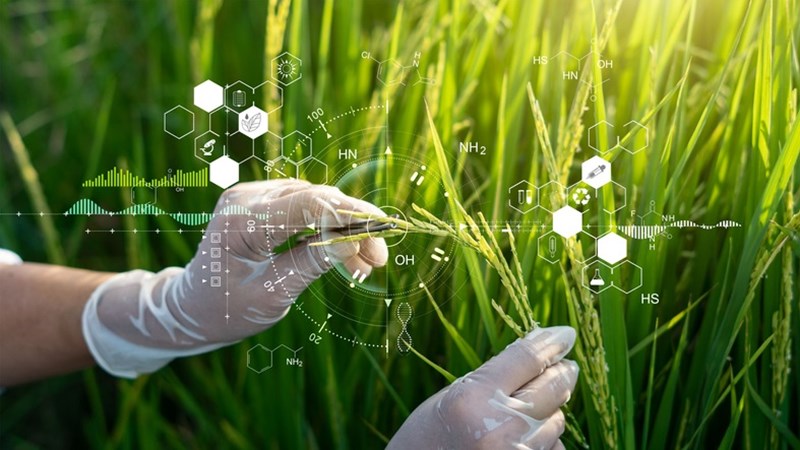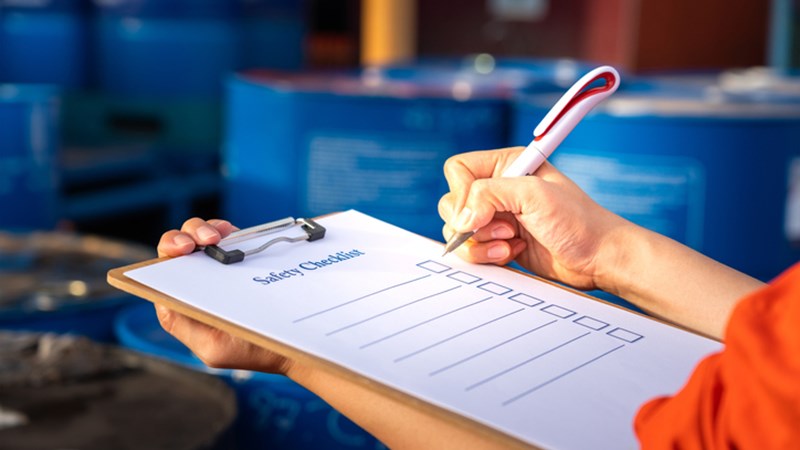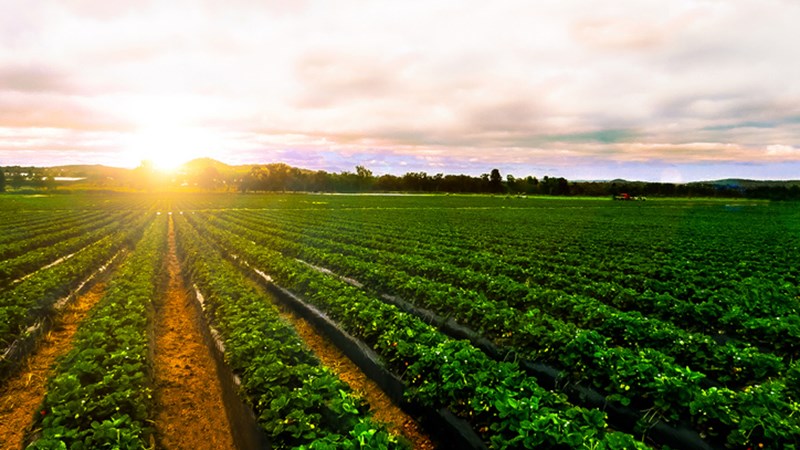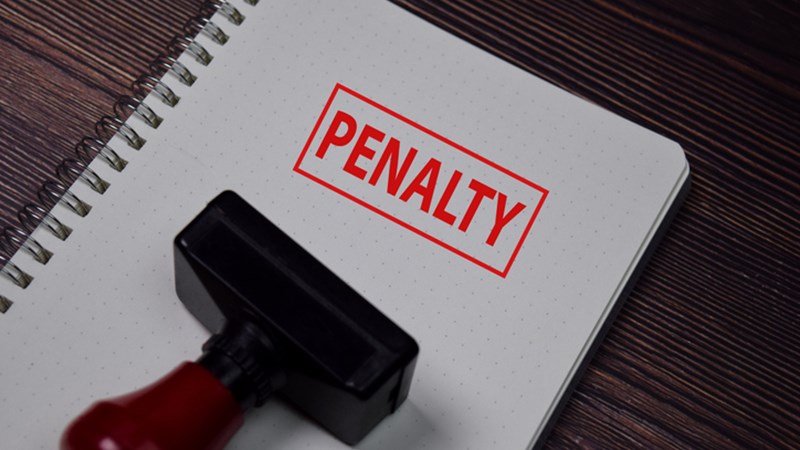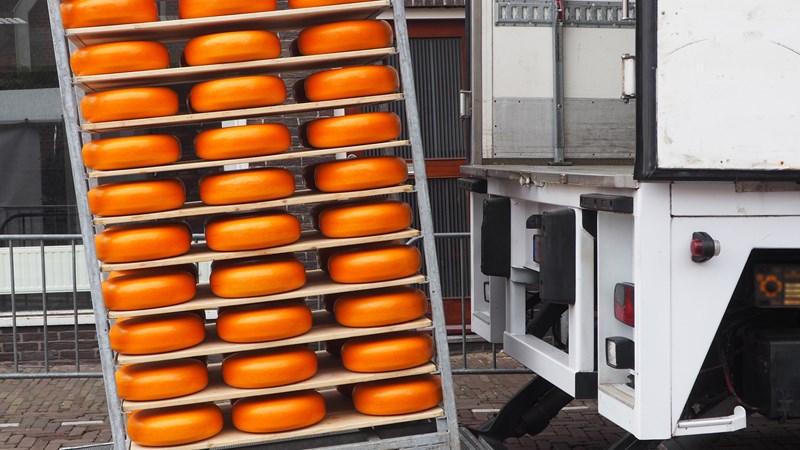Recalls: From product compliance to incident management
March 2021
Every company in the food and consumer goods industry chain needs to ensure product safety. However, the exact rules from the European and national food and commodity regulations are a jungle. The EC Food Safety Regulation and the Product Safety Directive are often well-known, but the dozens of specific implementing regulations and directives are intertwined with national legislation and sometimes almost impenetrable. Failure to comply with legal safety requirements results in consumer complaints, notification requirements to governments and insurers, claims or even recalls - with, of course, major consequences for business operations, trading relationships and reputation. How do you act when an incident occurs and how to minimize these consequences?
In a situation of non-compliance with legal safety rules, quick decisions are usually required. Especially when there might be a need for a (silent) recall / product recall, it can become quite hectic:
- Which regulator should I notify the incident to? Do I have to notify? When should I notify?
- Should the product be recalled? How much product should be recalled?
- What does the press release look like?
- Can I hold anyone liable for my damages? Does my insurance cover the damage?
But in order to recognize an "incident" and know how to act, you must first fully understand your rights and obligations as a company in the food and beverage industry chain.
Product safety
The European Union (EU) rules on product safety are laid down in the General Product Safety Directive (Directive 2001/95/EC on General Product Safety), which is implemented in national laws and regulations. Under this directive, all professional parties in the supply chain, within the framework of their respective activities, must:
- place only safe products on the market;
- inform consumers of the possible risks associated with the products they supply;
- ensure that products can be traced on the market so that they can be destroyed.
To fully comply with these rules as a professional in the supply chain, one must first understand what in fact makes a product safe. In the context of the Product Safety Directive, a "safe product" means that under normal or reasonably foreseeable conditions of use, including duration and, where applicable, commissioning, installation and maintenance requirements, a product poses no risk or only the minimum risks appropriate to the use of the product that are considered acceptable and consistent with a high level of protection for the safety and health of persons.
Furthermore, the above implies that professional parties must also verify that the safety information is included in or with the products and that the same meets the language requirements established nationally. But also that every party in the chain must have implemented traceability measures in order to be able to quickly and efficiently withdraw the right product from the market, if necessary. In the Netherlands, the National Food and Consumer Product Safety Authority (NVWA) requires that a professional party to be able to provide this information "one step forward and one step back" in the chain within four hours. In addition to these rules, there are specific rules for specific products: think about CE markings on electronics or migration limits on food contact materials.
Food safety
The most important food safety rules are contained in the General Food Law (Regulation 178/2002). But in addition, there are dozens of specific regulations and food law decrees that regulate a variety of topics. From plant based novel foods and residues on sesame-seeds, to hygiene and labeling of products with allergens. And what about innovative food contact materials like bamboo?
Companies are not allowed to market unsafe food, they also have a duty of care based on article 17 of the General Food Law. Food is considered unsafe if it is considered to be harmful to health or unfit for human consumption.
In addition, all companies that handle food must do so in a safe and hygienic manner. In doing so, they prevent consumers from becoming ill. With a so-called HACCP food safety plan, a company maps out what can go wrong. And how it can prevent mistakes. For example, by monitoring:
- personal hygiene of employees;
- hygiene during transportation of raw materials (such as clean milk containers);
- measures during handling or processing (for example, use of clean machines that cut bread);
- packaging (is a product frozen fast and firm enough);
- storage in sufficiently clean, (dark) areas.
Product liability
In the Netherlands, private law product liability rules are laid down in the Dutch Civil Code ("DCC") (Articles 6:185 - 193 DCC). This legislation is based on the European Product Liability Directive (85/374/EEC), which applies to all member states of the EU. There may be differences in interpretation per country, since national legislation is leading in the implementation of the Directive.
The main rule for product liability is that the ‘manufacturer’ is liable for the damage caused by a defective product. The definition of the term manufacturer is quite broad and includes both the manufacturer of finished products and that of raw materials. But the definition also includes the importer as well as any party that markets a product under its own brand or trademark.
A product can be considered defective if it does not provide the safety that can be expected. The foreseeable use is leading, including foreseeable improper use (a baby putting a toy in its mouth). The production of a safer product at a later stage does not automatically label the previous products as unsafe (such as cars with/without air cushion). It all depends on the moment when the product was put on the market and the safety rules and expectations at that time.
Under Dutch law, recoverable damages are limited to death and personal injury. Psychological injury without physical injury in principle will not be compensated. The burden of proof that a product is defective lies with the plaintiff, although judges tend to accept the defectiveness when the circumstances speak for themselves (for example, a glass bottle that explodes while trying to open it). Since product liability should be regarded as a special legal basis for liability, the plaintiff can also claim damages in tort.
Measures and recalls
All (potentially) dangerous products must be reported to the competent authority; via the so-called Safety Gate portal (non-food) or via the report form on the website of the NVWA (food). This does not mean that the product must be recalled immediately or that the company will be fined. But not reporting a (possibly) hazardous product is in itself a violation.
Companies must have agreements with their suppliers that define their responsibilities for corrective actions, such as recalls. Also, producers and distributors must establish procedures for monitoring non-conformity of their products and for assessing any risks. We therefore recommend keeping a list of all people and organizations that may need to be contacted (including outside working hours), if there is a non-conforming product.
In case of an incident, a global risk assessment should be made based on specific European legislation. For non-food products, for example, the following categories are used:
- Serious risk - requires immediate action.
- Moderate risk - requires some action.
- Low risk - usually requires no action for products on the market.
Corrective actions can consist of, for example:
- Changing the design of the products.
- Removing products from the distribution chain.
- Sending information and warnings to consumers about the proper use of the products.
- Modifying products on site.
- Recalling products for replacement or refund.
Please note that the Dutch Food and Consumer Product Safety Authority is of the opinion that every "deviation" from a product must be notified if the product has left the company; in the case of food, reporting must also take place if the product has not yet left the company, but there is a serious health risk. In this way the NVWA can check whether the product has actually been destroyed, for example. It is therefore also advisable to agree with the contracting parties in the chain (producer, importer, fulfillment center, distributor) who is responsible for notifying the authorities, providing the required information or performing the risk assessment.
Managing incidents
What to do when a consumer complaint comes in? Do you have to report it right away, can you wait until you have, for example, 3 complaints? Or do you have to investigate it immediately? Can you wait for the outcome of the investigation before reporting it? And what if there is indeed a problem with your product? Do you have to recall the product or only take it back? And then? Can you export it? Or process it further? And what about the rest of the batch which is still in storage and where you doubt that this batch has the same defect? And how do you deal with your own supplier or claims from buyers? You are in the middle of the jungle of incidents! Van Traa offers you a compass in this jungle. Download the PDF whitepaper 'product recalls' below.
Please note that the Whitepaper below does not yet take into account the NVWA's simplified policy as published on 19 January [Melden onveilige levensmiddelen | NVWA].

